French Polynesia: Snorkeling and Diving in Pristine Coral Gardens
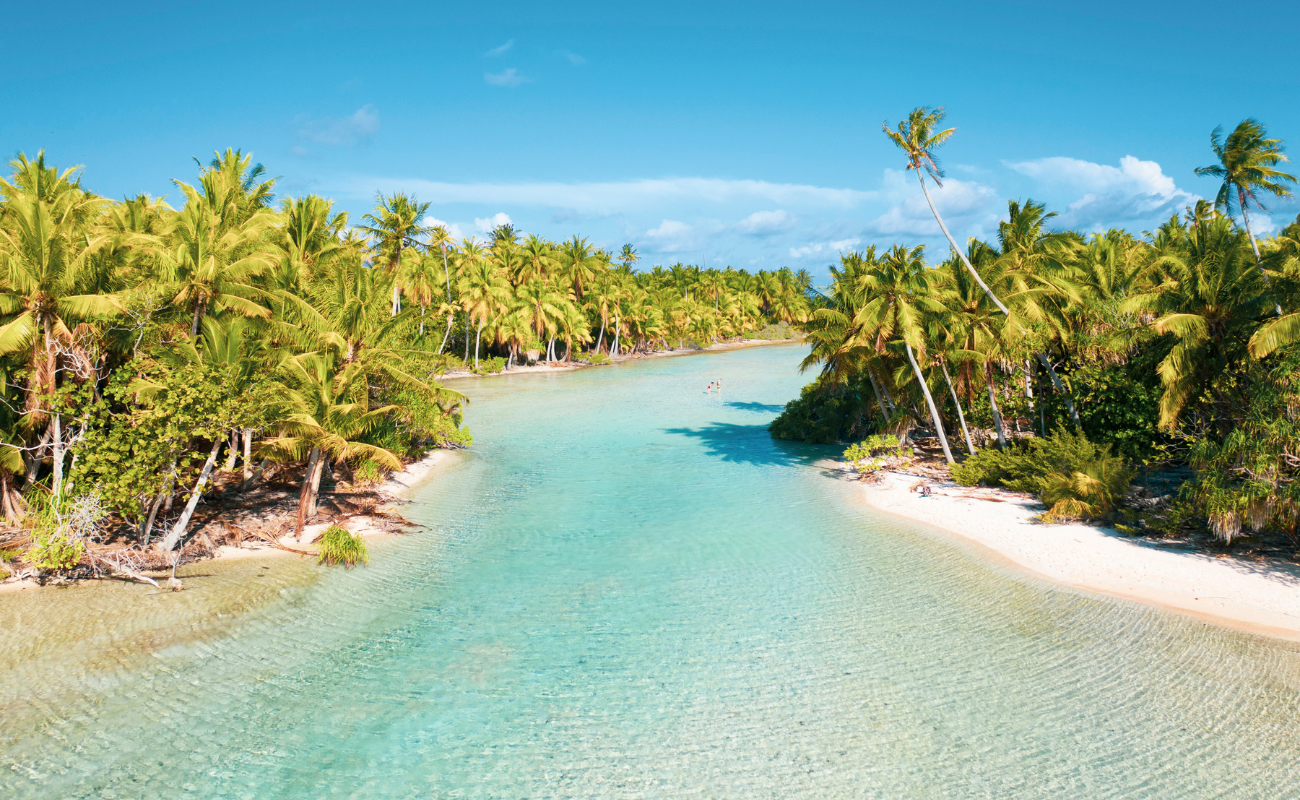
rench Polynesia, a paradise of overwater bungalows and turquoise lagoons, is an ideal destination for snorkelers and divers. With its coral reefs, unique marine species, and clear, warm waters, the region offers unforgettable underwater experiences. From beginners to advanced divers, there’s something for everyone to discover in these vibrant marine sanctuaries. This guide explores top snorkeling and diving sites, essential gear recommendations, and tips for responsible travel to preserve these stunning ecosystems.
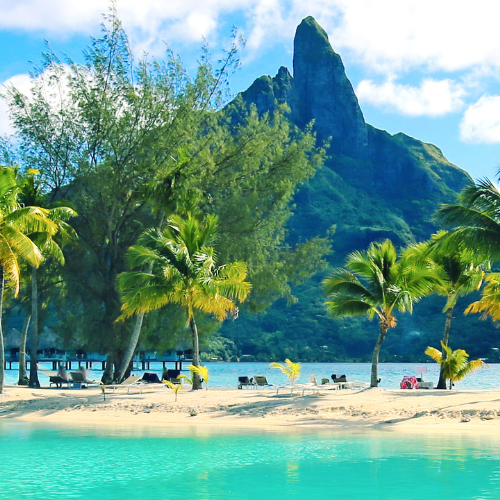
Bora Bora Lagoon
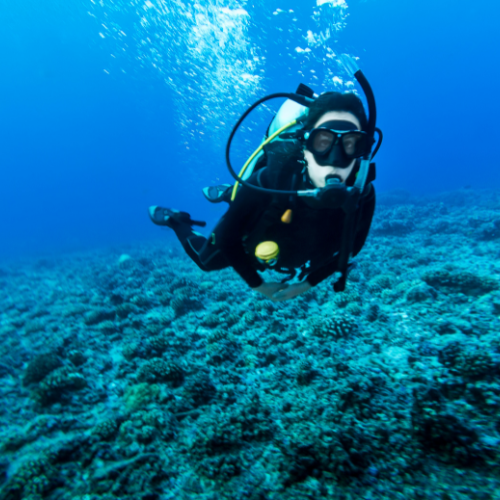
Rangiroa’s Tiputa Pass
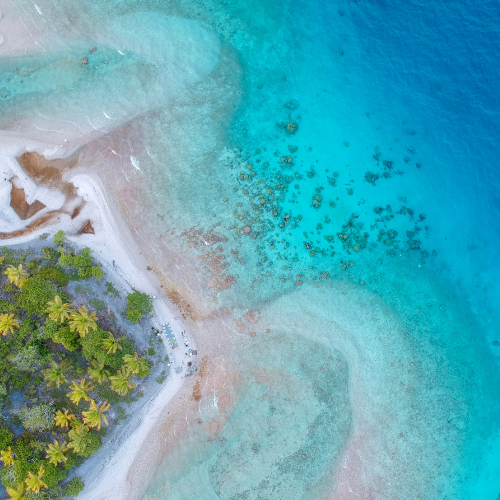
Fakarava’s South Pass
Book Flights to French Polynesia
1. Essential Snorkeling and Diving Tips for French Polynesia
For the best experience in French Polynesia’s reefs and lagoons, here are a few essential tips to keep in mind:
- Choose High-Quality Gear: The right mask, snorkel, and fins make a big difference in underwater clarity and comfort. Consider investing in an anti-fog mask and quality fins to ensure a clear and comfortable dive. For divers, ensure regulators and BCDs are checked and serviced regularly, as French Polynesia’s remoteness may limit immediate equipment repairs.
- Snorkeling Vest: For beginners or anyone uncertain in open water, a snorkeling vest provides buoyancy for a safe, enjoyable experience. These vests are also helpful for conserving energy, allowing you to explore the reefs for extended periods.
- Timing and Tides: Plan to snorkel or dive during low tides and in the morning when the water is calmer and visibility is optimal. Avoid strong currents, especially around reef passes, which can be challenging even for experienced snorkelers.
- Stay Hydrated and Use Eco-Friendly Sunscreen: Sun protection is essential, but regular sunscreens harm coral reefs. Opt for reef-safe, mineral-based sunscreens and drink plenty of water to stay hydrated under the tropical sun.
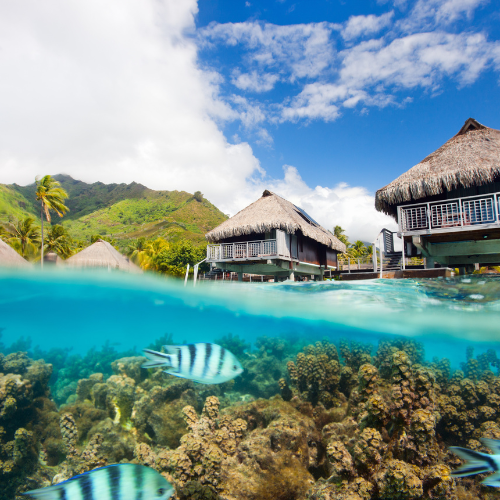
Moorea’s Coral Gardens
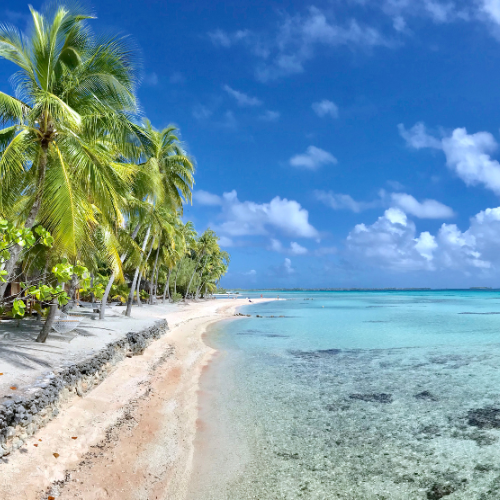
Tikehau
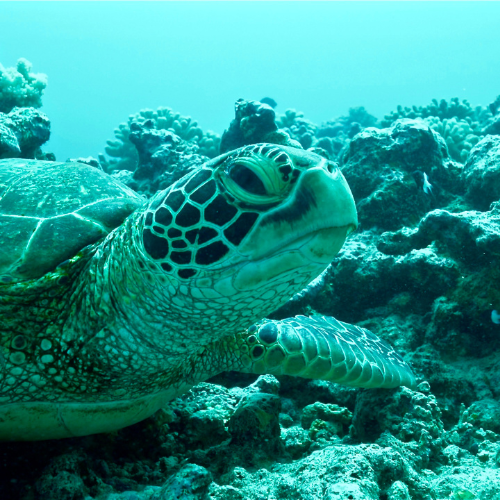
Rangiroa’s Tiputa Pass
2. Top Snorkeling and Diving Sites in French Polynesia
French Polynesia is home to some of the world’s most biodiverse reefs, teeming with manta rays, reef sharks, vibrant corals, and countless fish species. Here are a few top destinations for exploring this underwater paradise:
1. Bora Bora Lagoon
Bora Bora is famous for its blue lagoon, encircled by a ring of coral reefs. The lagoon is home to colorful corals, tropical fish, eagle rays, and even harmless blacktip reef sharks.
- Highlight: Snorkel with blacktip sharks and stingrays during a guided excursion, or dive deeper to witness eagle rays gliding through the water.
- Skill Level: Suitable for all levels, especially snorkelers.
- Best Time: May to October for calmer seas and clearer water.
2. Rangiroa’s Tiputa Pass
Rangiroa is one of the world’s largest atolls, known for its “wall of sharks” where divers can encounter dozens of gray reef sharks. This thrilling experience is also possible for advanced snorkelers in certain parts of the pass.
- Highlight: Drift diving through the pass with a chance to spot dolphins, manta rays, and schools of snapper.
- Skill Level: Intermediate to advanced (due to strong currents).
- Best Time: April to November for visibility and marine life diversity.
3. Fakarava’s South Pass (Tumakohua Pass)
A UNESCO Biosphere Reserve, Fakarava’s South Pass offers an untouched, pristine diving experience. Known for its healthy coral reefs, this location is home to the famous “wall of gray sharks” and an array of other species like parrotfish, lionfish, and even hammerhead sharks.
- Highlight: Shark sightings are frequent, and divers can expect close encounters with a large variety of marine life, including turtles.
- Skill Level: Advanced (due to currents in the pass).
- Best Time: June to October.
4. Tikehau
Tikehau, known as the “pink sand island,” boasts a circular lagoon filled with coral formations that attract vast schools of fish. The soft corals here are thriving, creating an ideal habitat for sea turtles, rays, and tropical fish.
- Highlight: Spotting manta rays and turtles in a gentle, peaceful lagoon.
- Skill Level: All levels.
- Best Time: April to November.
5. Moorea’s Coral Gardens
Moorea’s lagoon is known for its coral gardens, where snorkelers can enjoy shallow reefs filled with vibrant corals, clownfish, butterflyfish, and moray eels. Snorkeling near the shore also allows visitors to spot gentle rays and smaller reef sharks.
- Highlight: Stunning coral gardens and plenty of shallow snorkeling spots, ideal for families.
- Skill Level: Beginner-friendly.
- Best Time: May to October.
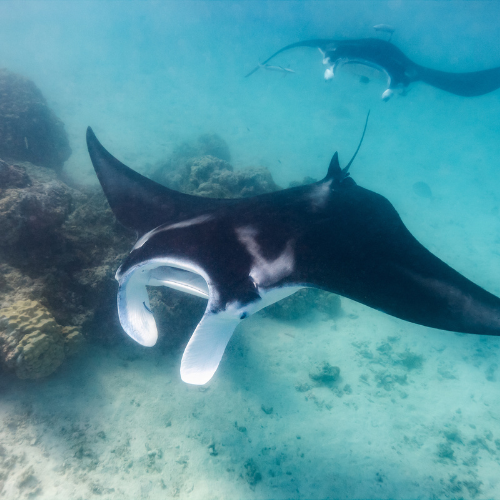
Manta Rays
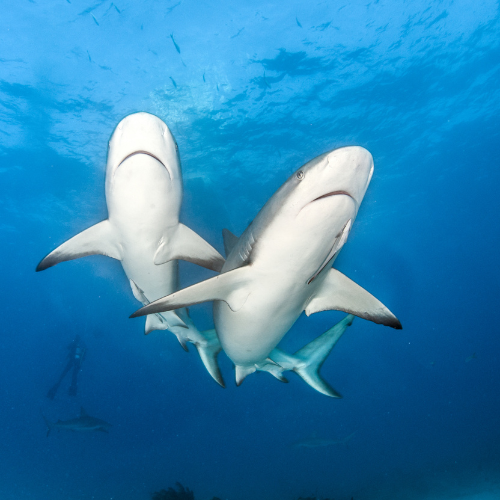
Reef Sharks
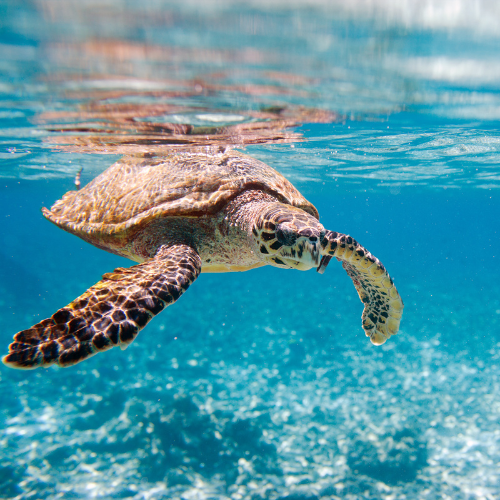
Sea Turtles
3. Spotting Unique Marine Species
French Polynesia offers abundant opportunities to spot some of the world’s most fascinating marine life:
- Manta Rays: Manta rays can be seen in various spots, especially around Bora Bora, Rangiroa, and Tikehau. These graceful creatures often swim close to the surface, making them visible even for snorkelers.
- Reef Sharks: Blacktip and gray reef sharks are common in the lagoons, particularly in Bora Bora and Moorea, offering visitors a thrilling yet safe encounter.
- Sea Turtles: Green and hawksbill turtles are frequent in coral gardens and shallow waters. Tikehau and Moorea are particularly good spots for turtle sightings.
- Dolphins: The Tiputa Pass in Rangiroa is famous for bottlenose dolphins, especially during the morning hours when they’re often seen playing in the waves.
4. Responsible Travel Practices: Protecting French Polynesia’s Coral Reefs
Coral reefs are delicate ecosystems vulnerable to damage from human activity. Here are a few practices to ensure these underwater treasures remain for future generations:
-
Use Reef-Safe Sunscreen: Regular sunscreen contains chemicals that harm coral reefs. Mineral-based options, like those with zinc oxide or titanium dioxide, provide effective sun protection without damaging the marine environment.
-
Avoid Touching Marine Life: Coral reefs are extremely sensitive, and even light touches can damage them or disrupt marine life. Always avoid touching corals or marine animals, and keep a respectful distance from wildlife.
-
Practice Good Buoyancy: For divers, mastering buoyancy control is essential to avoid unintentional contact with coral reefs. This skill minimizes physical impact on the environment and reduces sediment disturbance, which can harm delicate organisms.
-
Choose Eco-Friendly Tour Operators: Select operators who prioritize sustainability, follow coral conservation guidelines, and limit the number of visitors in sensitive areas. Responsible operators help protect coral reefs by educating visitors and practicing safe snorkeling and diving.
-
Do Not Litter: Plastic waste is one of the most significant threats to marine life. Ensure that any trash, including plastic bottles and bags, is properly disposed of onshore to prevent polluting these pristine waters.
Final Thoughts
Snorkeling and diving in French Polynesia offer rare experiences in some of the world’s most beautiful coral gardens and marine habitats. With its rich biodiversity, from sharks and rays to vibrant corals, the islands are a dream come true for marine enthusiasts. By embracing responsible travel practices and respecting the delicate ecosystems, you can ensure that future generations will also have the opportunity to experience the beauty of French Polynesia’s underwater world.
French Polynesia’s coral gardens await — dive in, explore, and cherish the unforgettable sights below the surface.
